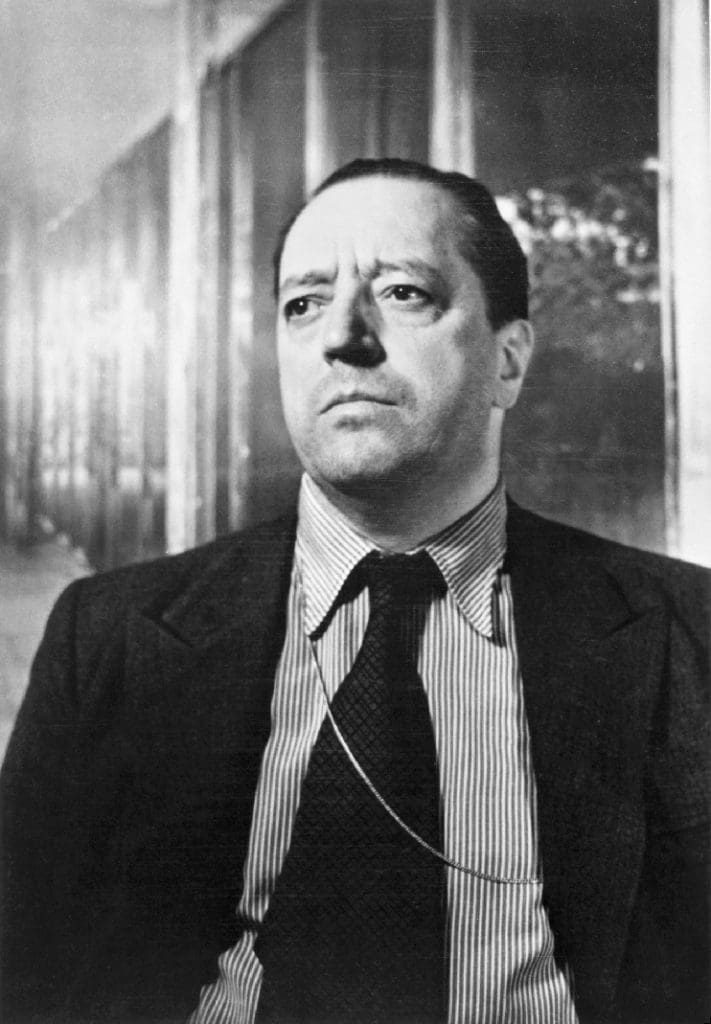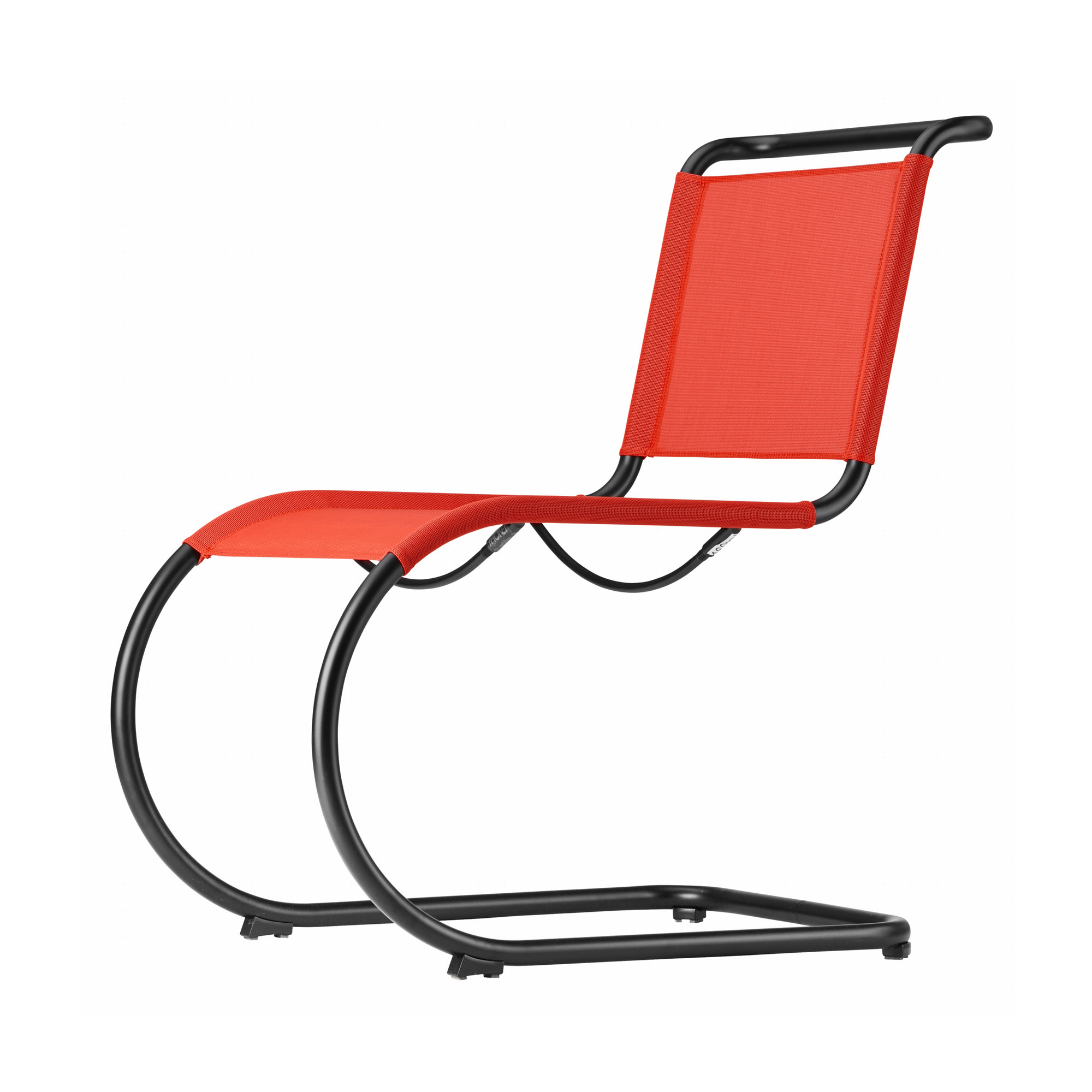
Ludwig Mies van der Rohe
One of the leading lights of modernist architecture, Ludwig Mies van der Rohe created a body of work—ranging from tubular steel furniture to iconic office buildings—that influenced generations of architects worldwide. From domestic spaces like the Villa Tugendhat in the Czech Republic to large, elaborate office towers like New York’s Seagram Building, he imbued his buildings with a fluid spatial harmony reflective of his oft-quoted aphorism, “less is more.” While this quote may seem to reflect an overriding interest in achieving minimalist perfection, his passion for rich materials, surfaces, and texture reveals a creative mind equally preoccupied with the minutiae of architectural space, or, as in another quote attributed to him: “God is in the details”.
Mies’s career took off in the fertile atmosphere of Berlin after the First World War, where leading artists and intellectuals were forming a community that would draw the brightest talents from across Europe. His visionary submission for the 1921 Friedrichstrasse skyscraper competition, while not a winner, was an unprecedented embrace of the new materials of steel and glass that later defined modernist architecture. As the decade progressed, he received larger and more prominent commissions, culminating in the offer to design the German pavilion for the 1929 World’s Fair in Barcelona. The small structure he built, with its flowing spaces, rich marble walls, and custom-designed furniture was an enormous success. It was around this time that Mies formed a highly fruitful partnership with the architect-designer Lilly Reich, with whom he collaborated on numerous projects. Their partnership lasted until his emigration to the United States in 1938.
Nearly as important as the legacy of his buildings is Mies’s impact as a teacher of architecture. In Germany, he served as the final director of the influential Bauhaus school until its closing under pressure from the Nazis in 1933. Shortly after his arrival in the United States, he was offered the directorship of the Armour Institute in Chicago (later renamed the Illinois Institute of Technology), where he shaped a curriculum that influenced a generation of American architects.
America afforded Mies opportunities to work on a far larger scale than he had in Germany, as evidenced by the collection of sleek, glass-skinned office and apartment towers that populate cities across North America. Though in the period after his death many architects rejected his strict formalism in favor of the more eclectic language of postmodernism, his legacy continues to inform the teaching and practice of architecture today.


